Home>Technology>Smart Home Devices>What Is A Network Printer
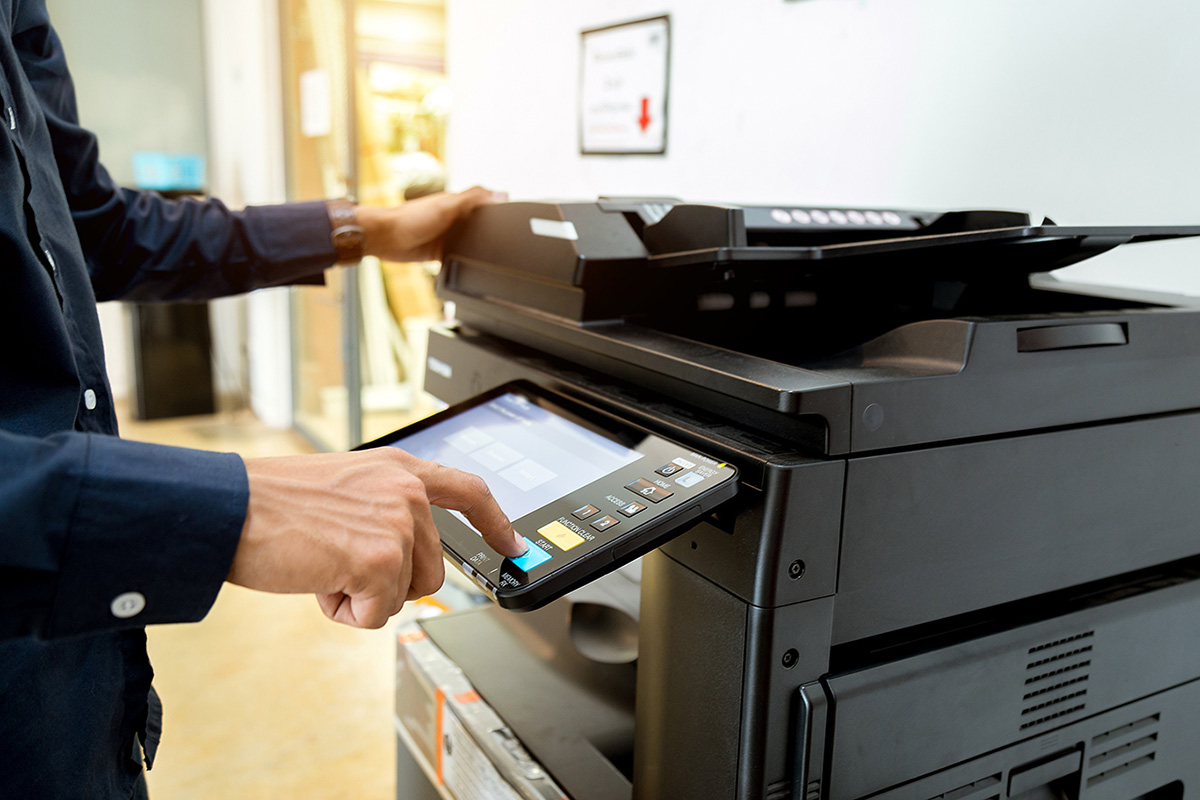

Smart Home Devices
What Is A Network Printer
Modified: January 14, 2024
Learn how smart home devices like network printers can enhance your home office setup. Discover the benefits and features of network printers for a more efficient printing experience.
(Many of the links in this article redirect to a specific reviewed product. Your purchase of these products through affiliate links helps to generate commission for Storables.com, at no extra cost. Learn more)
Introduction
Welcome to the era of interconnected devices, where the concept of a "smart" home or office is no longer a distant dream but a tangible reality. In this landscape of technological innovation, the network printer stands as a crucial component, seamlessly integrating into the fabric of modern workplaces and homes. As we delve into the realm of network printers, we will explore their definition, functionality, types, benefits, and considerations, shedding light on their pivotal role in streamlining printing processes and enhancing efficiency.
In today's digital age, the demand for efficient and convenient printing solutions has propelled the widespread adoption of network printers. These devices not only facilitate the seamless sharing of printing resources across multiple users but also embody the essence of connectivity and collaboration in contemporary work environments. Whether you are a small business owner seeking a cost-effective printing infrastructure or a homeowner aiming to centralize printing capabilities for the entire family, understanding the intricacies of network printers is essential for harnessing their full potential.
Join us on a journey to demystify the world of network printers, unraveling the mechanisms that drive their functionality and exploring the myriad benefits they offer. By the end of this exploration, you will be equipped with comprehensive insights into the significance of network printers in the digital ecosystem, empowering you to make informed decisions regarding your printing needs. Let's embark on this enlightening expedition and uncover the essence of network printers in the modern landscape of interconnected devices.
Key Takeaways:
- Network printers are like team players for printing. They connect to a network and let multiple users share one printer, making printing more efficient and cost-effective for homes and offices.
- Network printers are like printing superheroes. They can do duplex printing, high-resolution output, and even scanning and faxing. They make printing easy and accessible from different devices within a network.
Read more: What Is A Network Security Key For A Printer
Definition of a Network Printer
At its core, a network printer represents a printing device that is connected to a network and can be accessed by multiple users within that network. Unlike traditional printers that are directly connected to a single computer, network printers are designed to be shared among multiple users, offering a centralized printing solution for homes, offices, and various other environments. This connectivity is typically facilitated through wired or wireless network connections, enabling seamless access to the printer from different devices, such as desktop computers, laptops, smartphones, and tablets.
One of the defining characteristics of a network printer is its ability to receive print jobs from multiple users simultaneously, thereby streamlining the printing process and eliminating the need for individual connections to each user’s device. This collaborative approach to printing fosters efficiency and convenience, making network printers an indispensable asset in environments where multiple users require access to printing capabilities.
Furthermore, network printers often feature advanced functionality, such as duplex printing, high-resolution output, and multifunction capabilities (e.g., printing, scanning, copying, and faxing), catering to diverse user requirements within the network. This versatility positions network printers as versatile workhorses, capable of meeting the varied printing needs of modern users.
As technology continues to evolve, network printers have evolved to encompass a wide array of features, including cloud printing, mobile printing support, and robust security measures to safeguard sensitive data. These advancements underscore the adaptability and relevance of network printers in the contemporary digital landscape, where connectivity, accessibility, and efficiency are paramount.
By embracing the concept of shared printing resources and leveraging the power of network connectivity, network printers empower users to optimize their printing workflows, collaborate seamlessly, and enhance productivity in both professional and personal settings. As we unravel the intricacies of network printers, it becomes evident that these devices epitomize the convergence of technology and practicality, serving as indispensable assets in the realm of modern printing solutions.
How a Network Printer Works
Understanding the inner workings of a network printer unveils the seamless orchestration of digital communication, data processing, and printing operations. At the heart of this functionality lies the integration of hardware and software components, culminating in a cohesive system that facilitates the transmission and transformation of digital content into tangible printed output.
When a print command is initiated from a user’s device within the network, such as a computer or smartphone, the request is transmitted through the network to the network printer. This communication is made possible by the printer’s connectivity to the network, which can be established through wired connections (e.g., Ethernet) or wireless protocols (e.g., Wi-Fi or Bluetooth).
Upon receiving the print command, the network printer processes the digital data, converting it into a format that is compatible with the printer’s internal mechanisms. This process involves interpreting the print job’s parameters, such as page layout, resolution, and color settings, and translating them into instructions that guide the printing process. Subsequently, the printer’s hardware components, including the print head, toner or ink cartridges, and paper feed mechanisms, collaborate to produce the desired output on the physical medium.
Network printers often incorporate advanced print processing capabilities, such as spooling, which enables the printer to store print jobs in a queue and execute them in the order received. This feature contributes to efficient print management, especially in scenarios where multiple users are simultaneously sending print requests to the network printer.
Moreover, the seamless integration of network printers with software applications and operating systems facilitates the implementation of print management solutions, enabling administrators to monitor print queues, allocate printing resources, and enforce printing policies within the network. This administrative control enhances the efficiency and security of printing operations, ensuring that network printers operate in a managed and optimized manner.
As technology continues to evolve, network printers have embraced cloud-based printing solutions, enabling users to initiate print jobs remotely and access a diverse range of printing functionalities through internet-connected devices. This expansion of printing capabilities underscores the adaptability and responsiveness of network printers to the evolving demands of modern users.
By unraveling the intricate process through which digital content is transformed into printed output, we gain a deeper appreciation for the multifaceted functionality of network printers. These devices embody the harmonious convergence of hardware, software, and network connectivity, culminating in a cohesive printing ecosystem that empowers users to translate their digital creations into tangible, high-quality prints.
Types of Network Printers
Network printers encompass a diverse array of configurations and capabilities, catering to the varied needs of users across different environments. From compact home office printers to enterprise-grade multifunction devices, the market offers a spectrum of network printer types, each tailored to specific usage scenarios and user requirements.
1. Wireless Network Printers: These printers leverage Wi-Fi connectivity to seamlessly integrate into wireless networks, enabling users to initiate print jobs from any Wi-Fi-enabled device within the network. Wireless network printers are particularly popular in homes and small offices, offering flexibility and convenience without the constraints of physical cabling.
2. Wired Network Printers: Wired network printers, commonly connected via Ethernet cables, provide reliable and high-speed printing capabilities for environments where stable and secure network connectivity is paramount. These printers are prevalent in corporate settings and larger offices, where the emphasis is on robust network infrastructure and consistent printing performance.
3. Network Laser Printers: Laser printers, known for their fast printing speeds and high-quality output, are a staple in professional environments. Network laser printers leverage network connectivity to facilitate shared access and centralized management, making them ideal for workgroups and collaborative settings that demand efficient and cost-effective printing solutions.
4. Network Inkjet Printers: Inkjet printers, prized for their versatility and vibrant color reproduction, are widely utilized in homes, small businesses, and creative environments. Network inkjet printers enable users to harness the benefits of network connectivity, facilitating seamless printing and sharing of vibrant, high-resolution prints across multiple devices within the network.
5. Network Multifunction Printers (MFPs): These all-in-one devices integrate printing, scanning, copying, and faxing capabilities into a single unit, streamlining document management and enhancing workflow efficiency. Network MFPs are instrumental in diverse settings, ranging from home offices and small businesses to large enterprises, where the consolidation of multiple functions into a networked device optimizes resource utilization and space efficiency.
6. Cloud-Enabled Network Printers: With the proliferation of cloud-based services, network printers have embraced cloud connectivity, enabling users to initiate print jobs remotely, access cloud storage for printing content, and leverage advanced printing features through cloud-integrated applications. Cloud-enabled network printers empower users to transcend traditional printing boundaries, fostering seamless access and enhanced printing flexibility.
By embracing a spectrum of network printer types, users can tailor their printing infrastructure to align with their specific needs, whether it involves seamless wireless printing at home, high-speed laser printing in a corporate environment, or the multifunctional versatility of network MFPs. This diversity of network printer types underscores the adaptability and relevance of these devices in meeting the evolving demands of modern printing workflows.
When setting up a network printer, make sure it is connected to the same network as your computer. You may need to install the printer drivers on your computer to be able to print to the network printer.
Benefits of Using a Network Printer
Network printers offer a myriad of benefits that transcend traditional standalone printing solutions, empowering users to streamline printing workflows, enhance collaboration, and optimize resource utilization. By harnessing the power of network connectivity and shared printing resources, users can unlock a host of advantages that elevate the efficiency and convenience of their printing operations.
1. Shared Access: One of the primary benefits of network printers is the ability to share printing resources among multiple users within the network. This collaborative approach eliminates the need for individual printers connected to each user’s device, fostering a centralized and accessible printing infrastructure for homes, offices, and workgroups. Users can seamlessly send print jobs to the network printer from their respective devices, promoting efficiency and resource sharing.
2. Cost Efficiency: Network printers contribute to cost savings by consolidating printing resources and minimizing the proliferation of standalone printers. By leveraging a single network printer to serve multiple users, organizations and households can reduce the expenses associated with maintaining and operating multiple individual printers, including consumables, maintenance, and energy consumption.
3. Collaborative Printing: In work environments that emphasize collaboration and shared workflows, network printers facilitate seamless printing interactions among team members. Whether it involves printing documents, reports, or presentations, network printers enable users to collectively access and utilize the printing capabilities, fostering a cohesive and efficient approach to document management and dissemination.
4. Centralized Management: Network printers empower administrators to centrally manage printing operations, monitor print queues, and implement printing policies within the network. This centralized oversight enhances the control and security of printing activities, ensuring that resources are optimally utilized and print-related policies are enforced uniformly across the network.
5. Enhanced Accessibility: With network printers, users can initiate print jobs from a diverse range of devices, including desktop computers, laptops, smartphones, and tablets, without the constraints of physical proximity to the printer. This accessibility fosters flexibility and convenience, enabling users to print from their preferred devices and locations within the network.
6. Scalability and Flexibility: Network printers accommodate the evolving needs of users and organizations, offering scalability and flexibility to adapt to changing printing requirements. Whether it involves expanding printing capabilities to accommodate a growing user base or integrating advanced features such as cloud printing, network printers provide a versatile and adaptable printing infrastructure.
By harnessing the benefits of shared access, cost efficiency, collaborative printing, centralized management, enhanced accessibility, and scalability, users can leverage network printers to optimize their printing workflows and enhance productivity. These benefits underscore the pivotal role of network printers in reshaping the dynamics of modern printing solutions, promoting efficiency, collaboration, and resource optimization within interconnected environments.
Read more: How To Add Printer To Network
Considerations When Using a Network Printer
While network printers offer a host of advantages, it is essential for users to consider various factors to ensure seamless integration, optimal performance, and effective management of these devices within their environments. By addressing key considerations, users can navigate the nuances of network printing and harness the full potential of network printers while mitigating potential challenges.
1. Network Security: Safeguarding the network printer against potential security threats is paramount. Implementing robust security measures, such as user authentication, data encryption, and firewall protection, helps protect sensitive information and prevent unauthorized access to the printer and its resources.
2. Compatibility and Drivers: Ensuring compatibility between the network printer and the devices within the network is crucial. Installing and updating the appropriate printer drivers on user devices, including computers and mobile devices, facilitates seamless communication with the network printer and optimizes printing performance.
3. Network Infrastructure: A reliable and well-configured network infrastructure is essential for optimal network printer performance. Factors such as network bandwidth, stability, and congestion management play a pivotal role in ensuring consistent and efficient printing operations across the network.
4. Print Queues and Management: Efficient management of print queues and resources is vital, particularly in environments with multiple users and concurrent print requests. Administrators should implement print management solutions to monitor and prioritize print jobs, allocate printing resources, and enforce printing policies to optimize the utilization of the network printer.
5. Maintenance and Support: Regular maintenance, including firmware updates, cleaning, and consumables replacement, is essential to uphold the performance and longevity of the network printer. Additionally, access to reliable technical support and troubleshooting resources ensures prompt resolution of any printing-related issues that may arise.
6. User Training and Guidelines: Providing users with training on network printer usage, best practices, and printing guidelines fosters efficient and responsible utilization of the printer. Educating users on print management techniques, resource conservation, and security protocols contributes to the seamless integration of the network printer into the workflow.
7. Scalability and Future Expansion: Anticipating future printing needs and considering the scalability of the network printer infrastructure is essential. Evaluating the ability to expand printing capabilities, integrate additional features, and accommodate a growing user base ensures that the network printer aligns with evolving requirements.
By conscientiously addressing these considerations, users can navigate the complexities of network printing and optimize the functionality of network printers within their environments. Proactive management, security measures, infrastructure optimization, and user education collectively contribute to a cohesive and efficient network printing ecosystem, empowering users to harness the full potential of network printers while mitigating potential challenges.
Conclusion
As we embark on the exploration of network printers, we unravel a tapestry of connectivity, collaboration, and efficiency that defines the essence of these indispensable printing devices. From their seamless integration into network environments to their role in fostering shared access, cost efficiency, and centralized management, network printers embody the convergence of technology and practicality, reshaping the dynamics of modern printing solutions.
Through the lens of network printers, we witness the transformative impact of shared printing resources, collaborative workflows, and advanced printing capabilities on the productivity and convenience of users across diverse settings. Whether it involves streamlining printing operations in small offices, facilitating seamless wireless printing at home, or empowering enterprise-grade workgroups with multifunctional printing prowess, network printers cater to a spectrum of user needs with adaptability and versatility.
Furthermore, the considerations surrounding network printer usage underscore the importance of proactive management, security measures, infrastructure optimization, and user education in harnessing the full potential of these devices while mitigating potential challenges. By addressing these considerations, users can navigate the nuances of network printing and ensure the seamless integration, optimal performance, and effective management of network printers within their environments.
As we embrace the era of interconnected devices and collaborative work environments, the significance of network printers in streamlining printing workflows, enhancing collaboration, and optimizing resource utilization cannot be overstated. These devices stand as pillars of efficiency, accessibility, and scalability, empowering users to transcend traditional printing boundaries and embrace a cohesive and efficient approach to document management and dissemination.
In conclusion, the journey through the realm of network printers unveils a landscape of interconnected capabilities, where the convergence of hardware, software, and network connectivity culminates in a cohesive printing ecosystem. By embracing the benefits and considerations associated with network printers, users can leverage these devices to optimize their printing workflows, enhance collaboration, and elevate productivity within the interconnected environments of today and tomorrow.
Frequently Asked Questions about What Is A Network Printer
Was this page helpful?
At Storables.com, we guarantee accurate and reliable information. Our content, validated by Expert Board Contributors, is crafted following stringent Editorial Policies. We're committed to providing you with well-researched, expert-backed insights for all your informational needs.


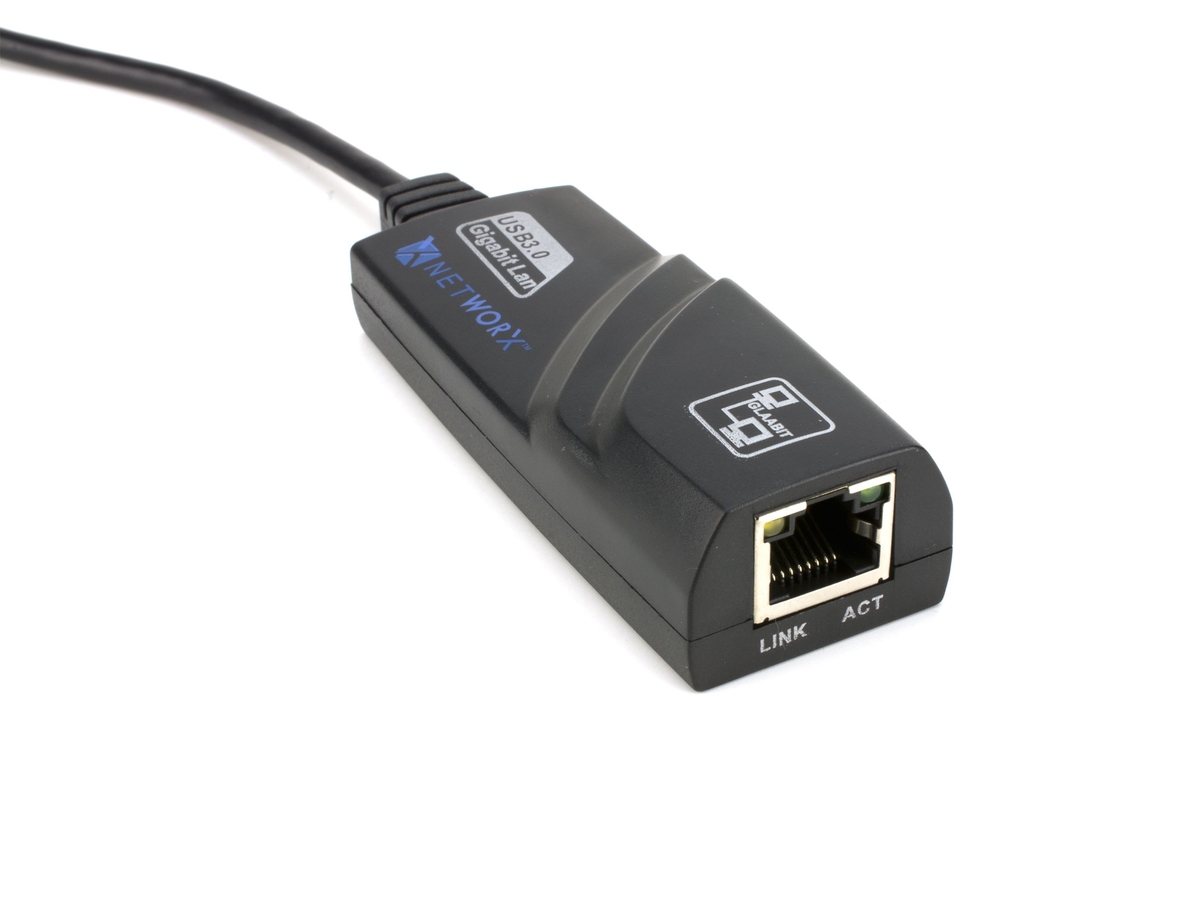
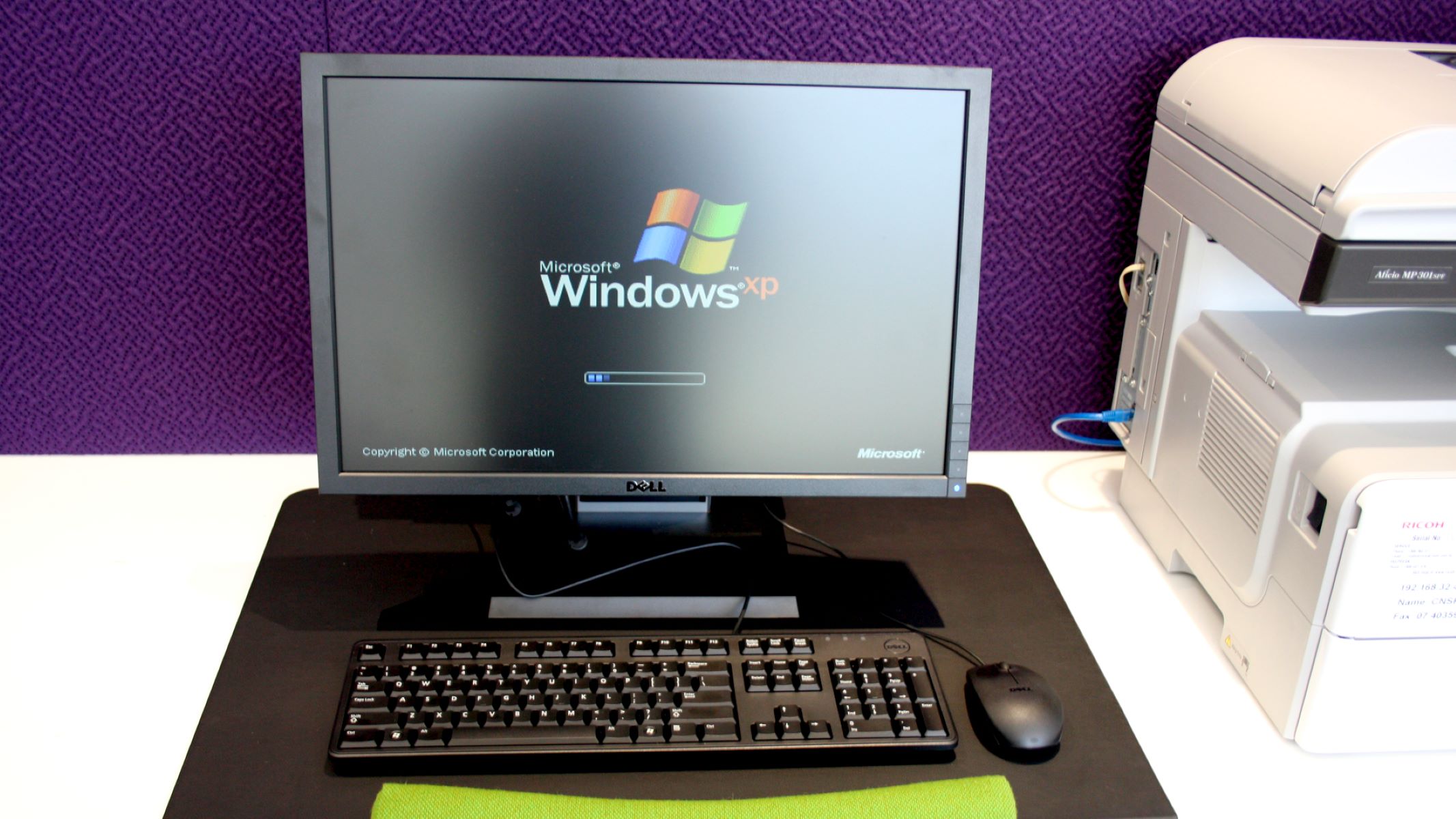

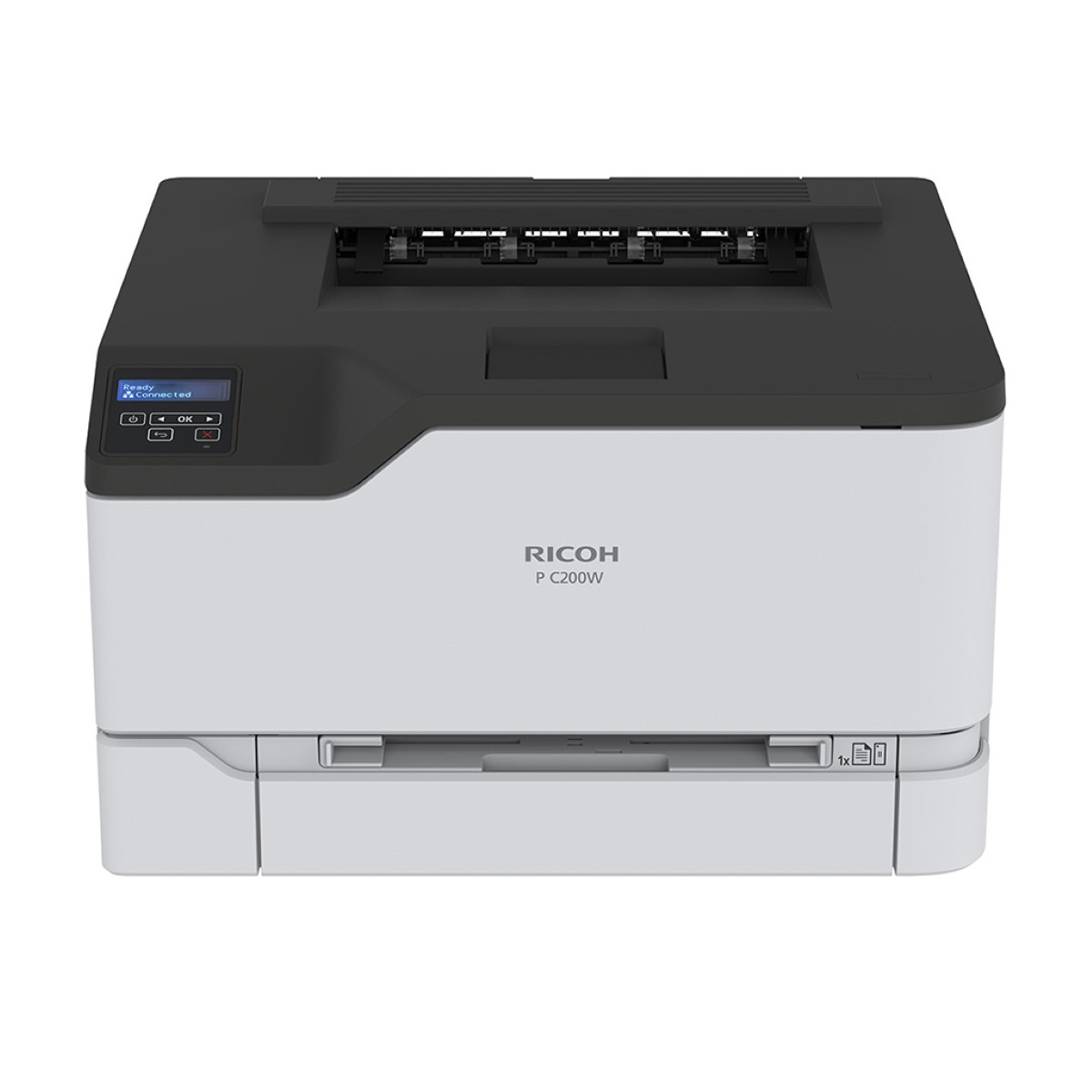


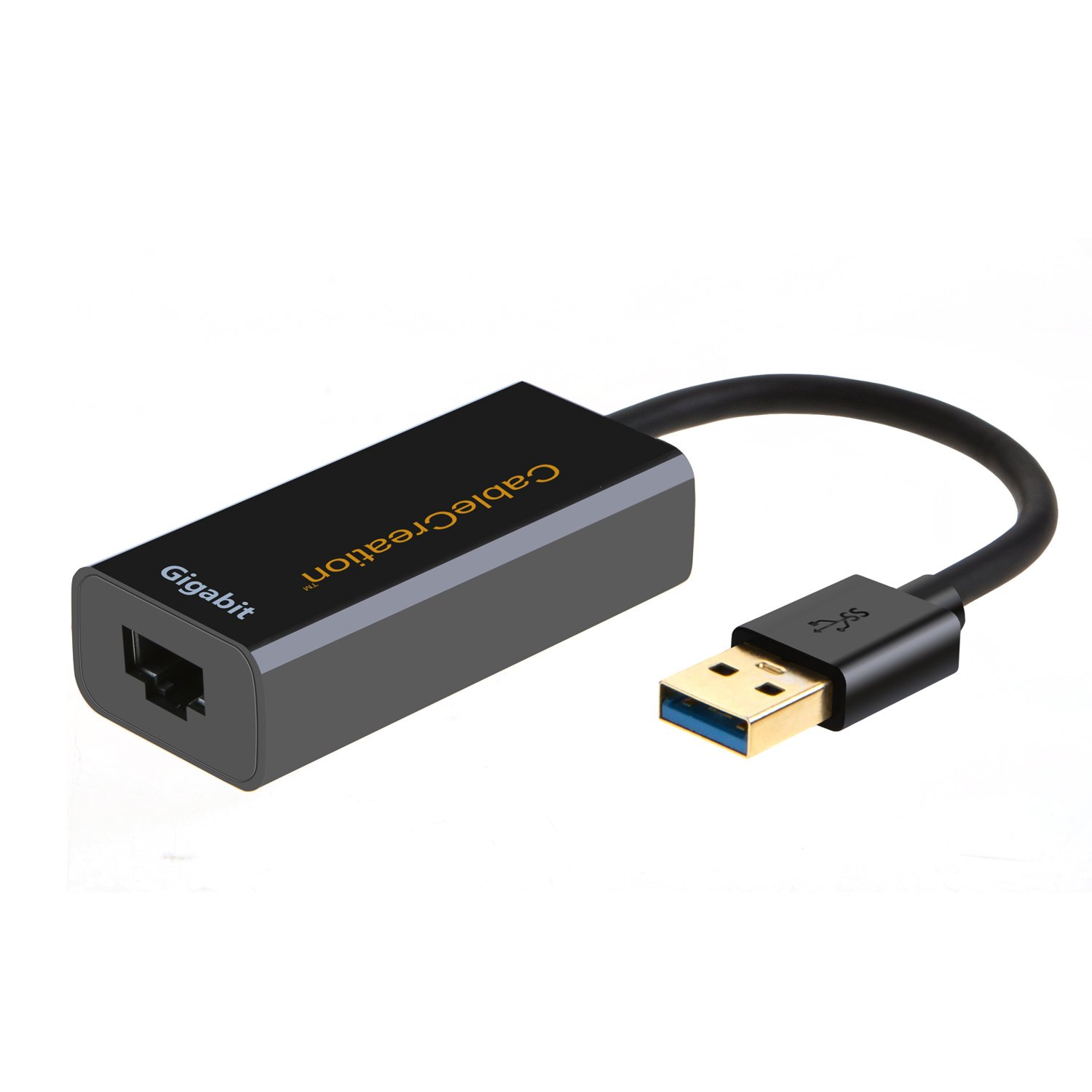
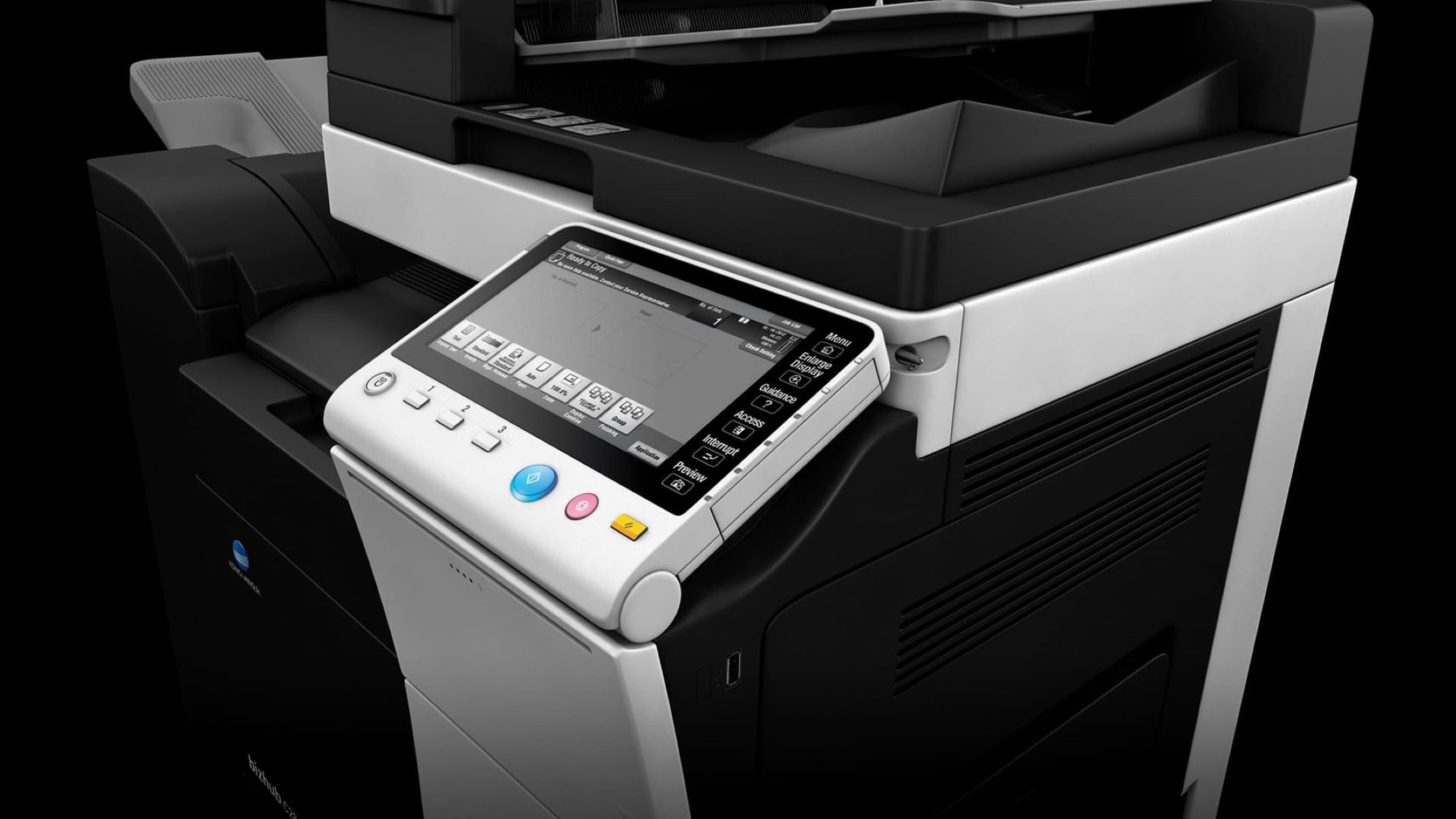

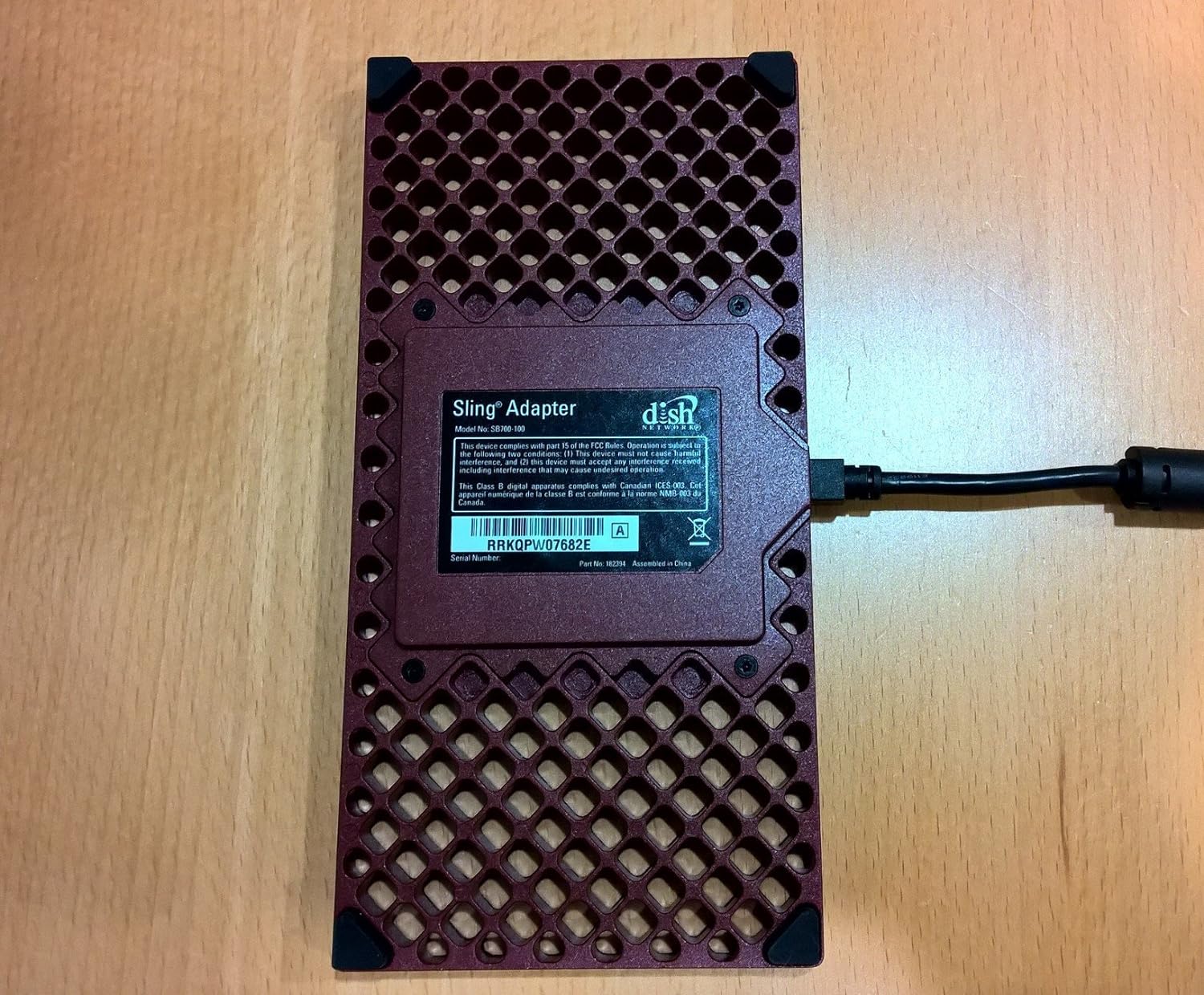



0 thoughts on “What Is A Network Printer”